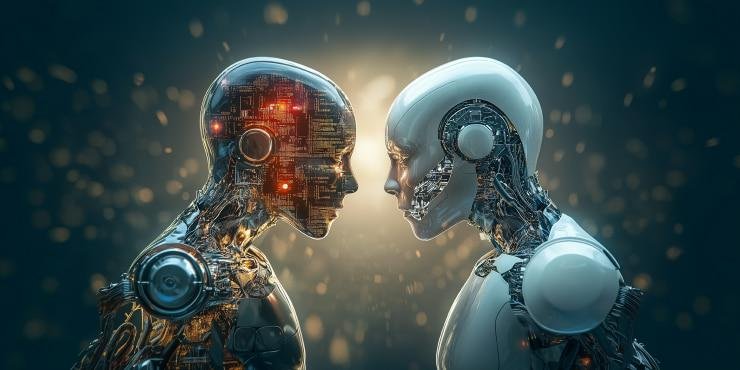The Evolution of Cyber Threats: Past, Present, and Future

Cyber threats have evolved dramatically over the years, keeping pace with technological advancements and the increasing reliance on digital infrastructure. From simple computer viruses to sophisticated cyber warfare and artificial intelligence-driven attacks, the landscape of cybersecurity is constantly shifting. This document explores the history, current trends, and future prospects of cyber threats.
The Past: The Rise of Cyber Threats
Early Malware and Viruses
-
The first known computer virus, Creeper, was created in 1971 as an experimental self-replicating program.
-
The Morris Worm (1988) was one of the first worms to spread across the internet, infecting around 10% of connected systems at the time.
-
In the 1990s, email-based malware, such as the Melissa Virus (1999), exploited human behavior and weak security measures.
Emergence of Hacking and Cybercrime
-
The 1990s saw the rise of hacker groups such as the Legion of Doom and Cult of the Dead Cow.
-
The early 2000s introduced large-scale financial frauds, including phishing attacks targeting personal and banking data.
-
The rise of botnets, like the Storm Worm (2007), demonstrated the increasing scale of cyberattacks.
The Present: Sophisticated and Organized Cyber Threats
Advanced Persistent Threats (APTs)
-
State-sponsored attacks have become common, with groups like Lazarus (North Korea), Fancy Bear (Russia), and APT10 (China) conducting espionage and sabotage.
-
Notable incidents include the 2017 WannaCry ransomware attack, which exploited vulnerabilities in Microsoft systems and affected over 200,000 computers worldwide.
Ransomware and Financial Cybercrime
-
Ransomware-as-a-Service (RaaS) enables less technical criminals to execute sophisticated attacks.
-
High-profile cases include the Colonial Pipeline attack (2021), which disrupted fuel supplies in the U.S.
-
Cryptocurrency thefts have increased, with attacks targeting crypto exchanges and wallets.
AI and Deepfake Threats
-
Cybercriminals leverage AI-driven phishing attacks that personalize messages to increase deception.
-
Deepfake technology is used to manipulate videos and audio, raising concerns about misinformation and fraud.
The Future: Emerging and Evolving Cyber Threats
Quantum Computing and Cryptographic Risks
-
Quantum computers could render current encryption methods obsolete, necessitating the development of post-quantum cryptography.
-
Organizations are preparing for harvest now, decrypt later attacks, where encrypted data is stolen for future decryption.
AI-Driven Cyber Warfare
-
AI is expected to automate attack strategies, making cyber threats more adaptive and intelligent.
-
Defensive AI will be crucial to detect and mitigate evolving threats in real-time.
The Internet of Things (IoT) and Supply Chain Attacks
-
The increasing number of connected devices expands the attack surface, making IoT security a major concern.
-
Supply chain attacks, like SolarWinds (2020), highlight the risks of compromised software updates and third-party vulnerabilities.
Cyber threats have evolved from simple viruses to complex, AI-driven, and state-sponsored cyber warfare. As technology advances, so do the risks, requiring governments, businesses, and individuals to stay ahead with robust cybersecurity strategies. The future will demand continuous innovation, investment in cybersecurity infrastructure, and global cooperation to combat evolving cyber threats.






